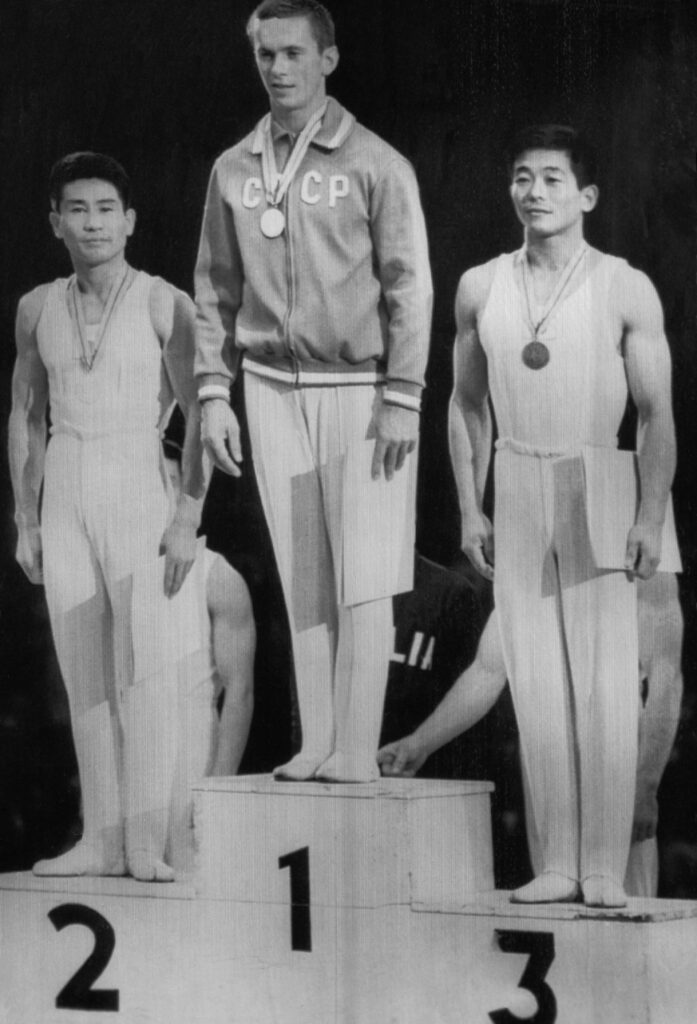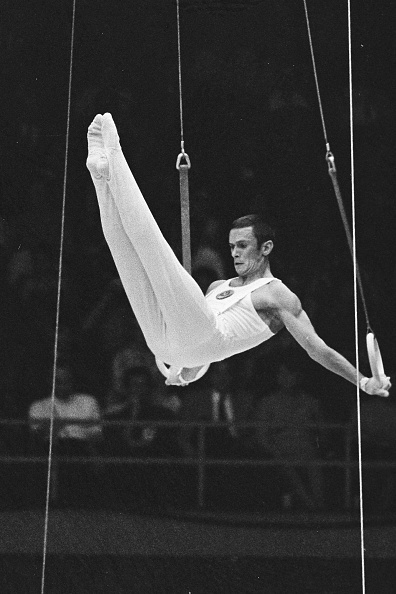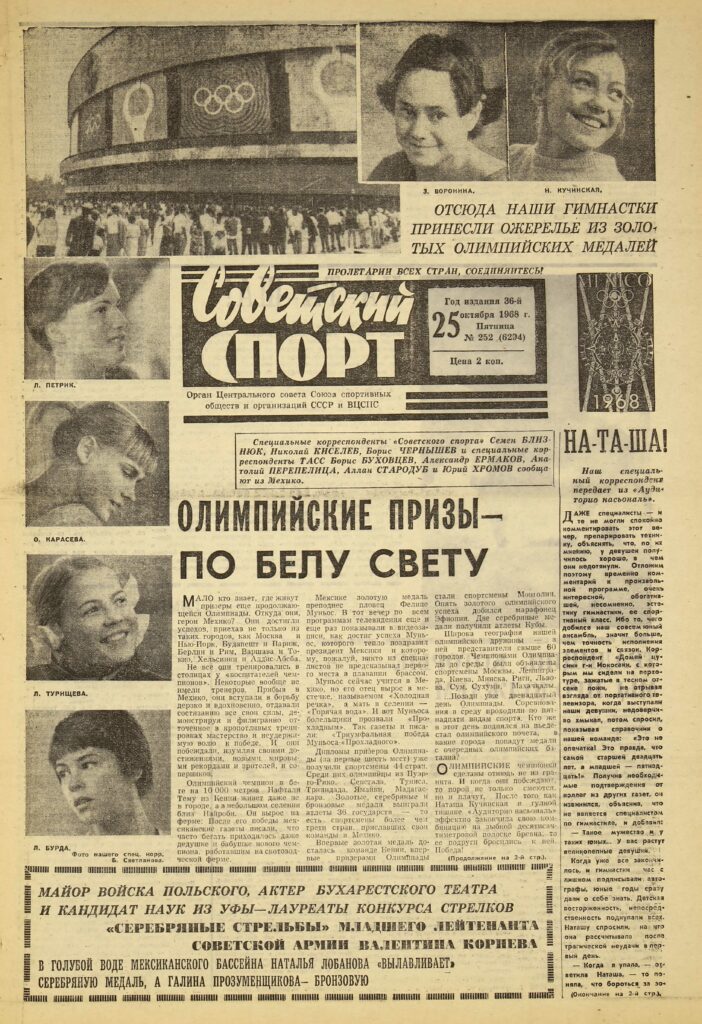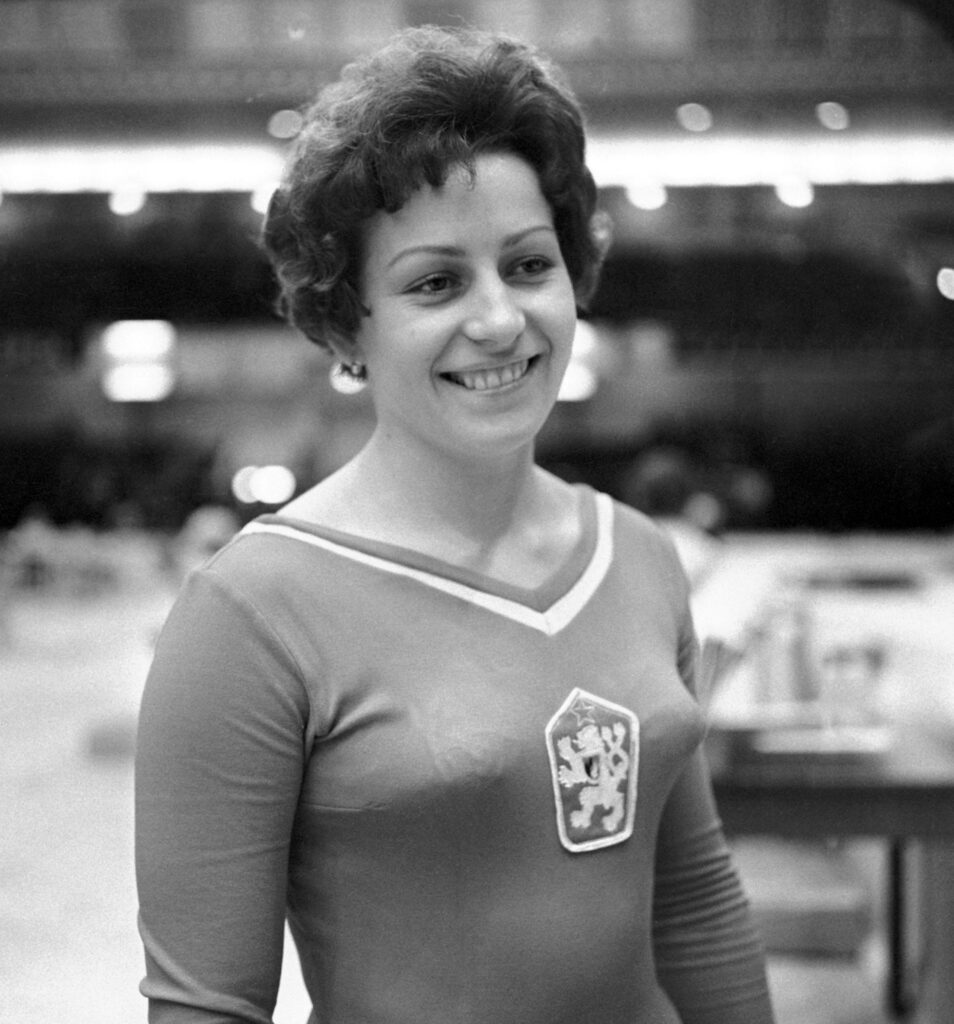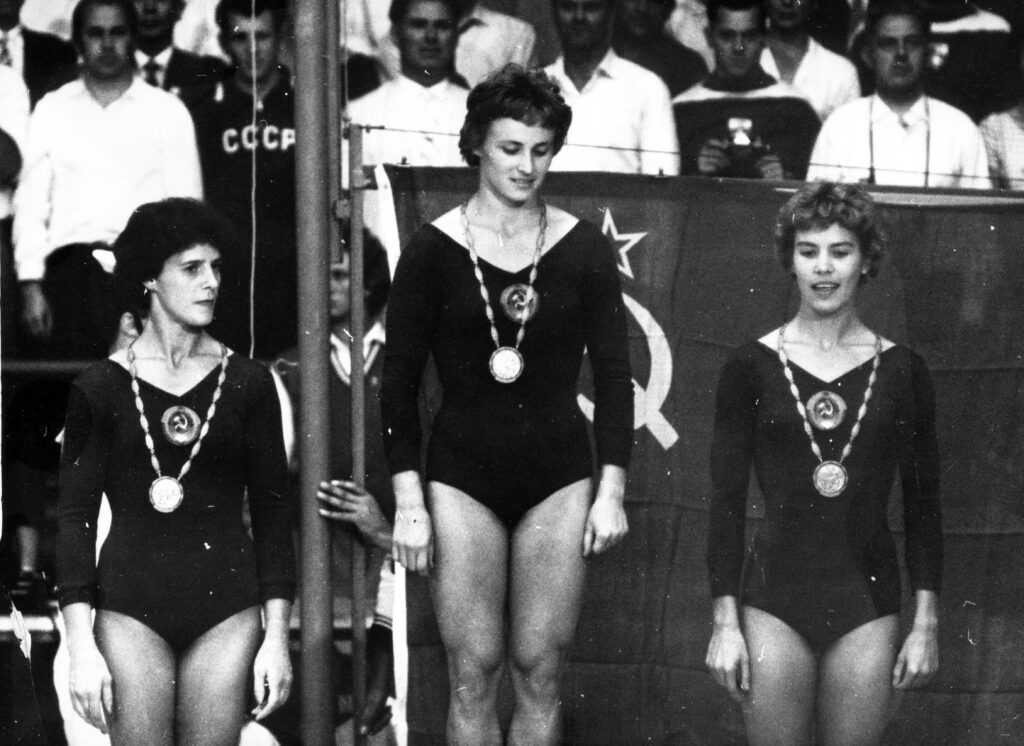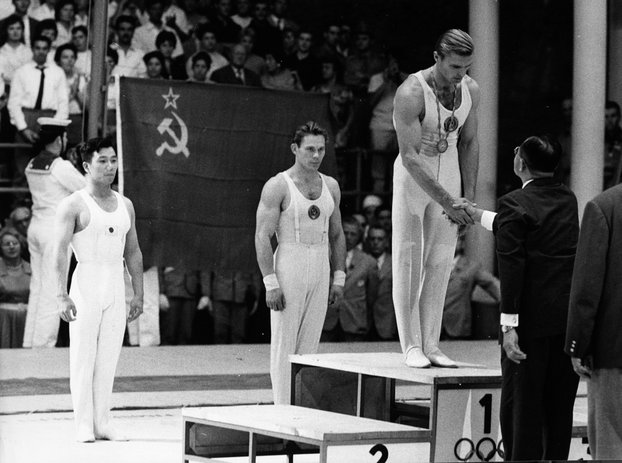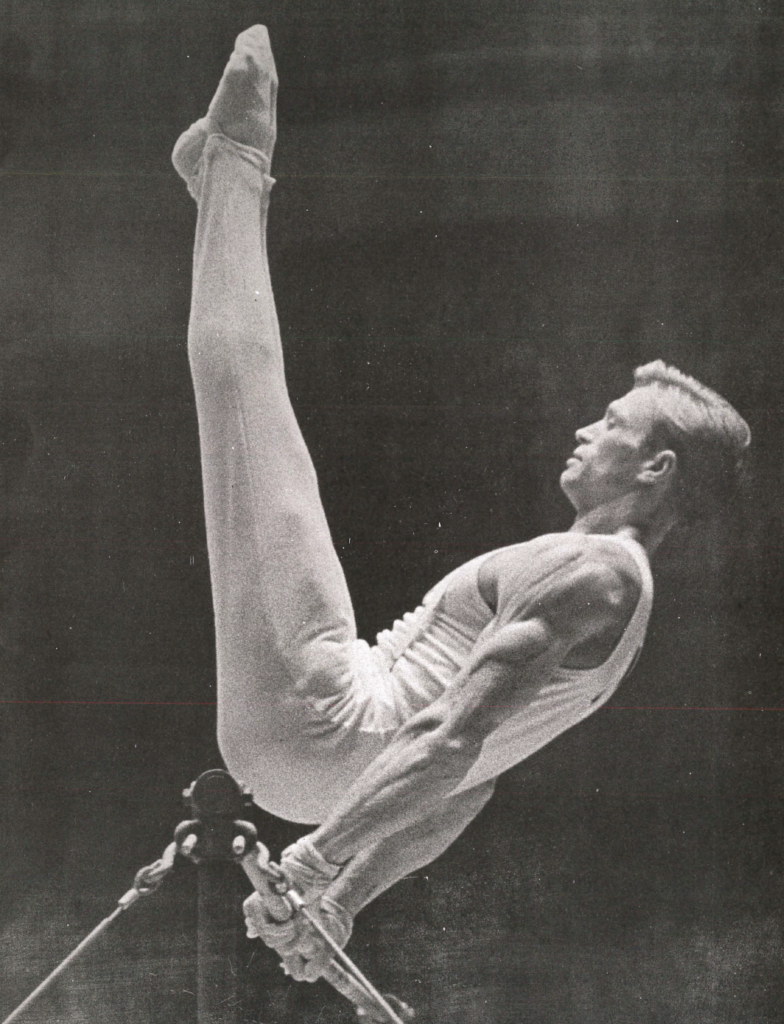Like many top gymnasts, Mikhail Voronin did not set out to become a gymnast. He liked soccer and hockey much more. When he was 13, one gymnastics coach looked at his body type and turned him away. But he caught the eye of his physical education teacher, Konstantin Sadikov, and that’s how his journey got started.
As you’ll see below, coaches are often the central characters in Voronin’s 1976 autobiography, Number One (Первый номер), which is understandable. After all, his coaches helped guide him to success, and there was a certain mystique around champion coaches in the international gymnastics community at the time.
At the same time, Voronin is building a larger argument: his career was often mismanaged, and the coaches surrounding him did not always guide him or his teammates in the right way. (This point will be further emphasized in the chapter on the Mexico City Olympics, which will be the subject of the next post.)
Note: Chapters of Voronin’s book were translated into Estonian for the newspaper Spordileht, and I have translated the chapter from Estonian into English. The following excerpts come from the January 11, 1978, January 13, 1978, and January 16, 1978 issues of Spordileht.
